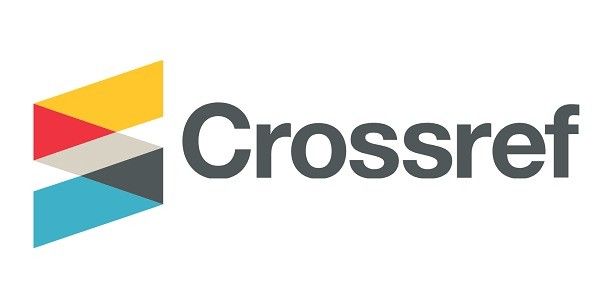
Số lượt xem pdf: 0
Đã Xuất bản
Chuyên mục
Cách trích dẫn
RUTIN ETHOSOMES BY SOLE SOLVENT INJECTION: PREPARATION METHOD, PHYSICAL PROPERTIES, DRUG LOADING, DEFORMATION, AND IN-VITRO MEMBRANE PERMEABILITY
DOI:
https://doi.org/10.63240/jmm-nimm.2025.3.138Từ khóa:
Ethosomes, Solvent injection, Binary Ethosomes, Rutin, DeformationTóm tắt
Rutin is a significantly familiar Vietnamese herbal compound, from Sophora japonica L. However, its relatively large molecule, low solubility in water, and poor skin permeability hinder its topical permeability and absorption. Nanovesicles, especially ethosomes, are considered potential skin delivery vehicles with deformable ability. In this research, only solvent injection was used to fabricate rutin ethosomes. Various polyols, like propylene glycol, polyethylene glycol 200, Transcutol, and glycerol and mixtures of them, at various ratios, were investigated in rutin binary ethosome preparation. Then, rutin ethosomes were characterized by physical properties, loading efficiency, and deformability. The optimum binary ethosomes were made from ethanol, glycerol, and propylene glycol with a size below 120 nm and uniform, with a PDI of approximately 0.1. After deformation, rutin ethosomes had smaller sizes, narrower distributions, and retained entrapment efficiencies of nearly 90%, indicating the flexibility of rutin ethosome structure. Drug release after 24 hours in an in vitro dermal model was improved the highest in binary ethosomes - nearly 5-fold, followed by classical ethosomes with approximately a 3-fold increase, compared with pure rutin. Therefore, these rutin nanovesicles were successfully prepared with favourable physical properties, high entrapment efficiency, an elastic structure, and significantly higher release for skin delivery. Facile solvent injection, with controlled temperature and duration, followed by simple filtration through an appropriate pore size, which is a potential method for larger-scale production of binary ethosomes.


